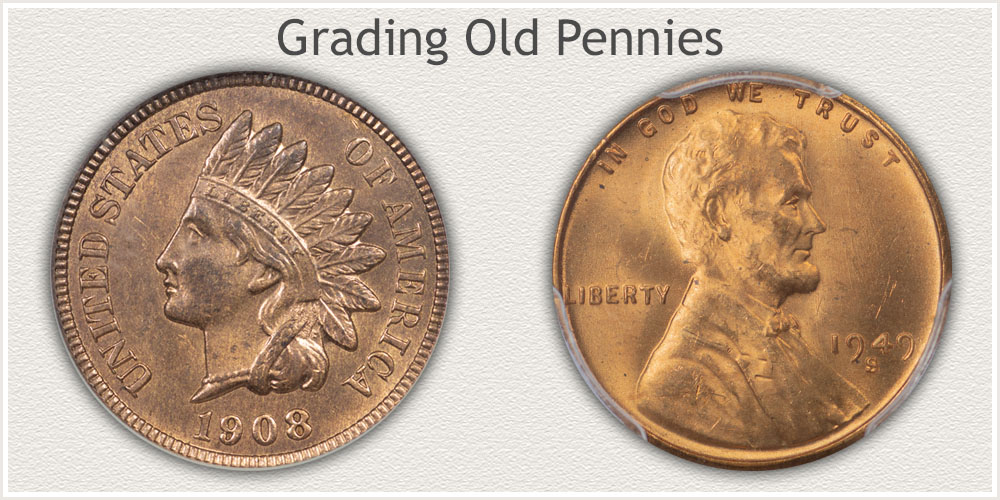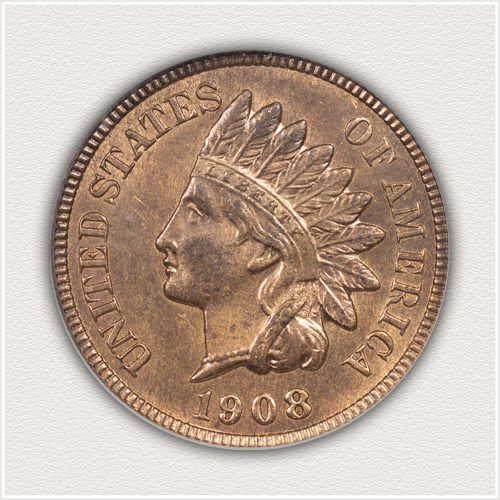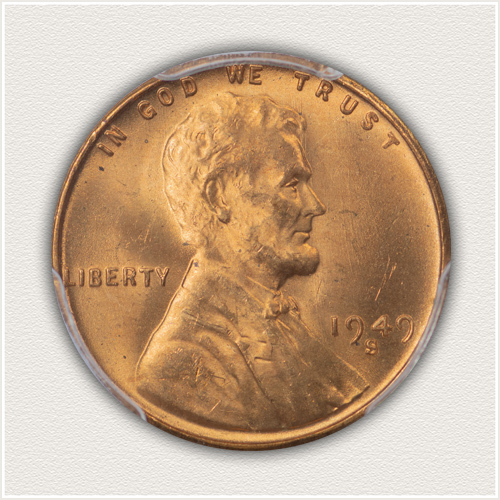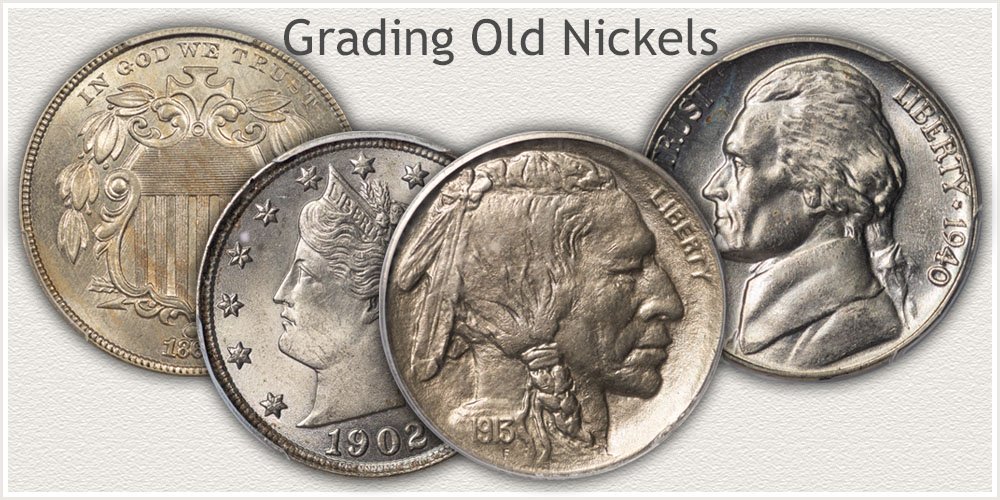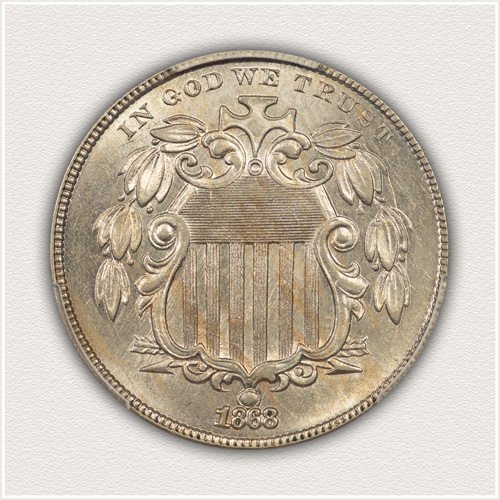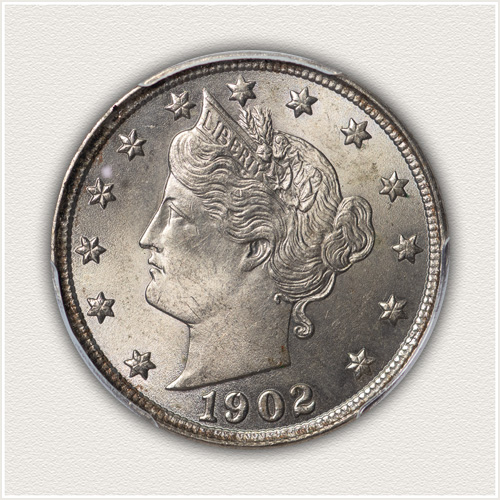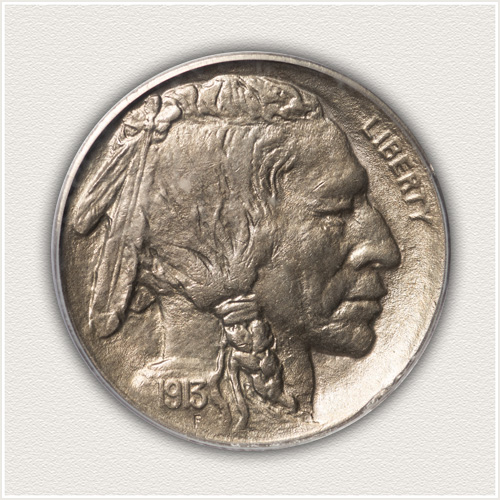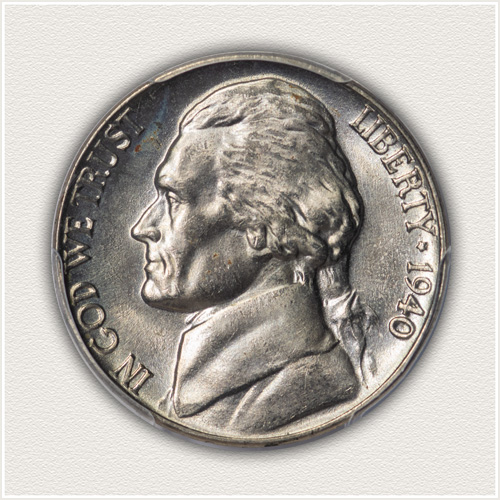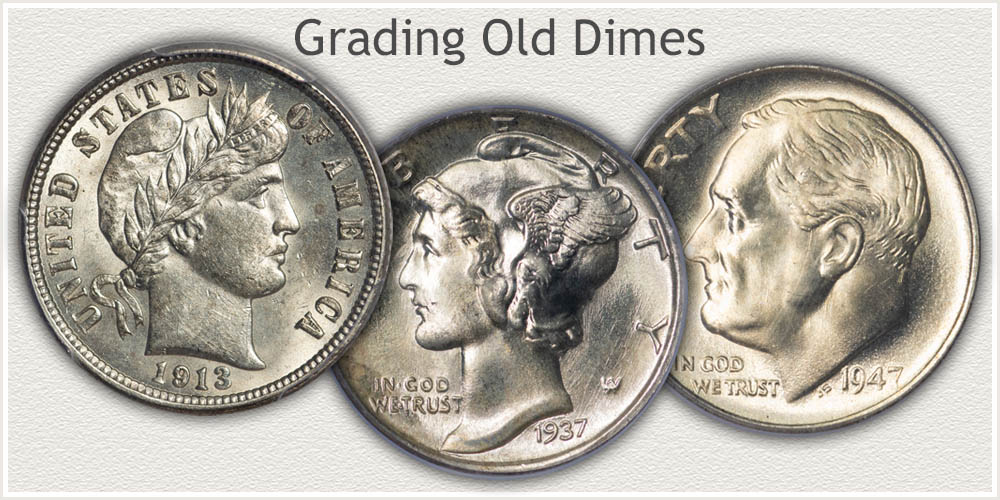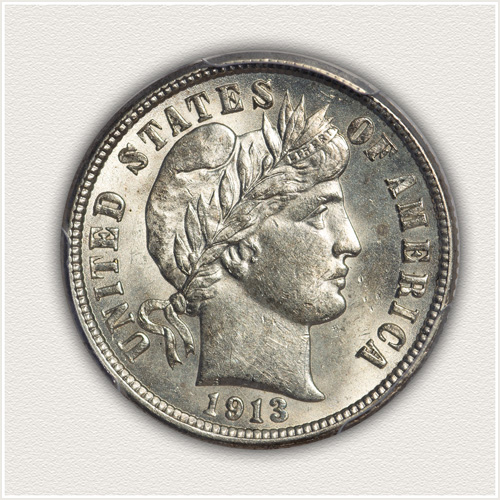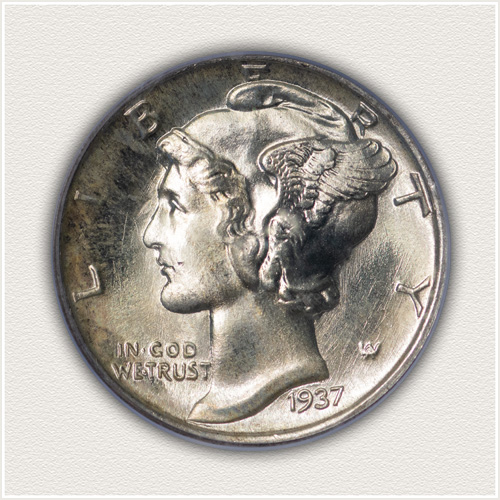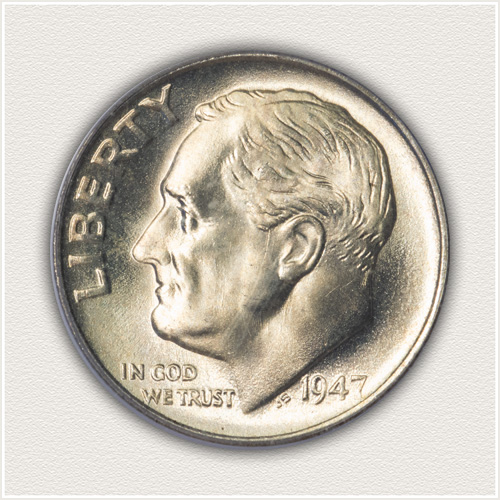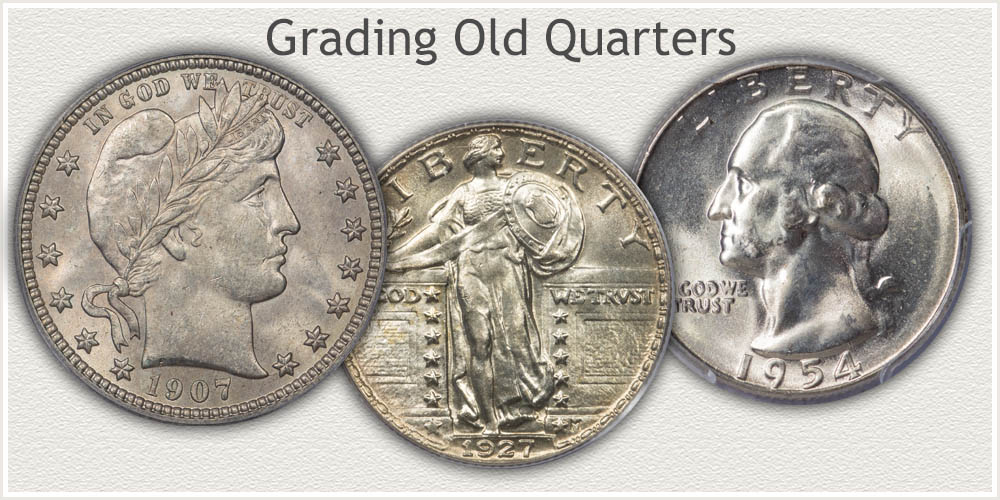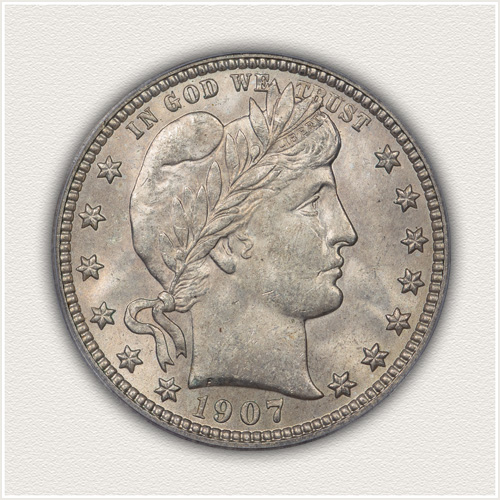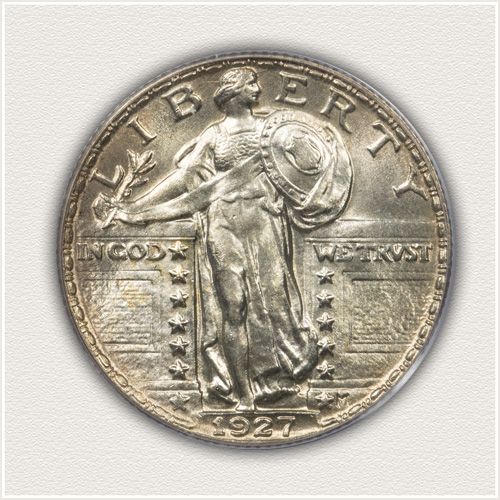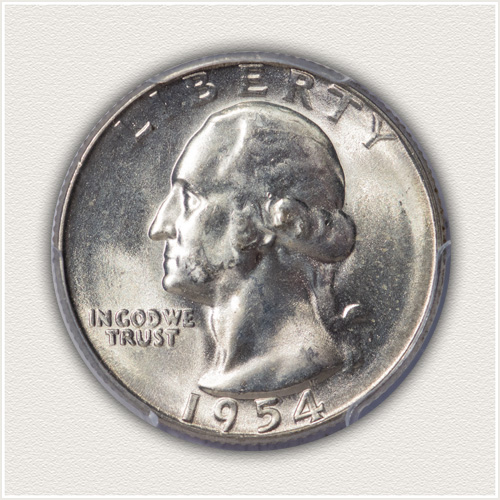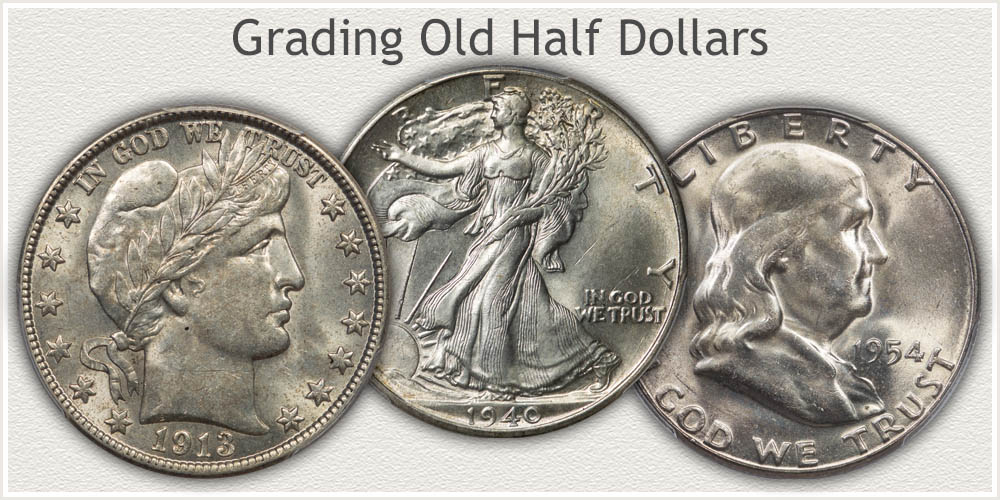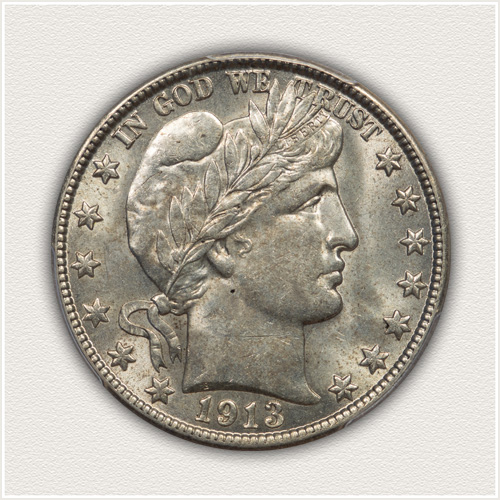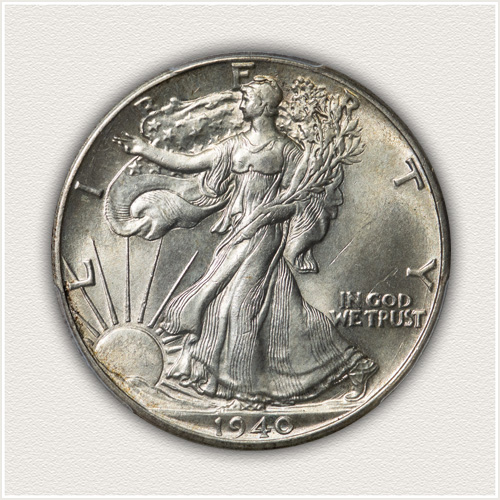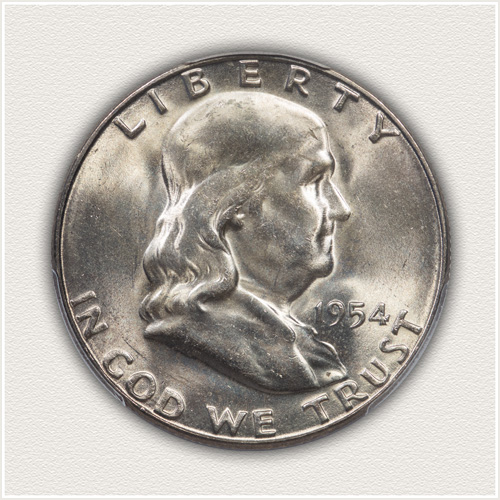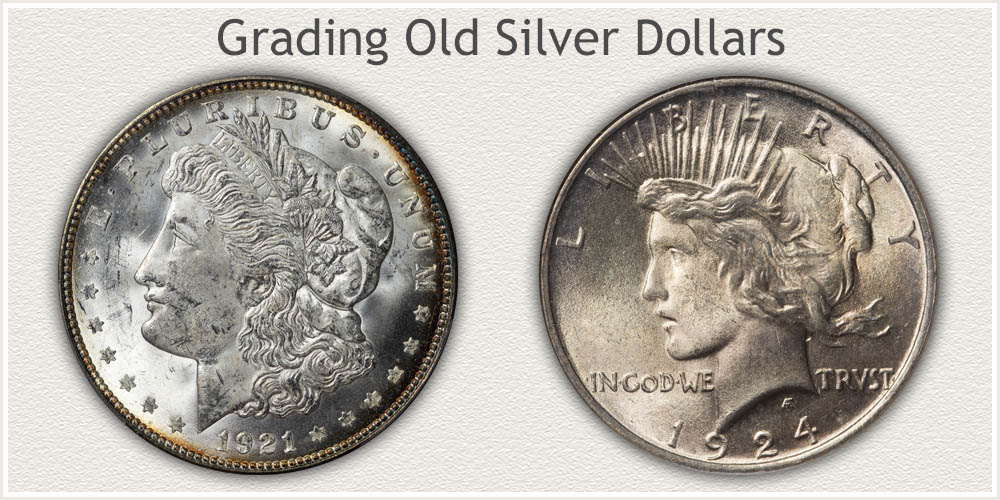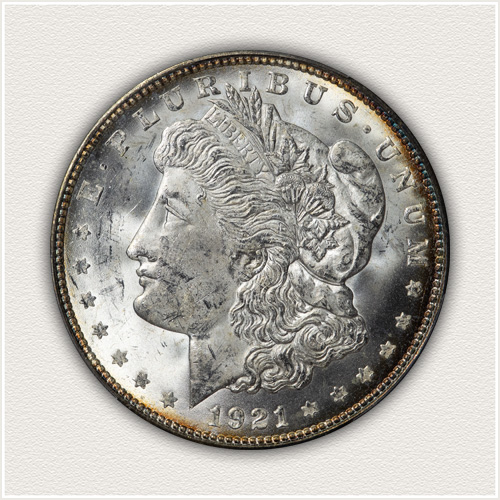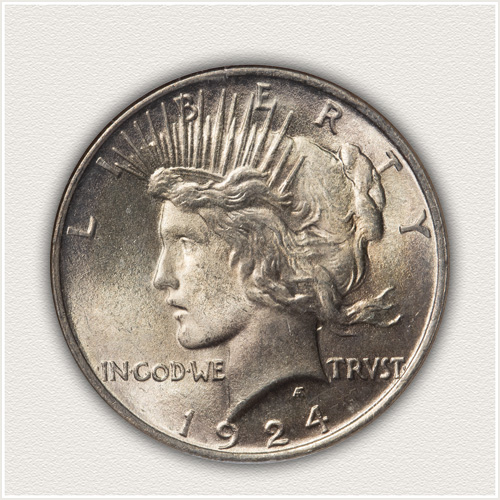Coin Values Moving with Precious Metals: Up-Dated 12/1/2025: Gold $4236 | Silver $56.79
How to Grade Old Coins
Grades are coin market terms used to define the different conditions of coins.
Grading starts by inspecting a coin's overall condition first. Then judge the amount of wear on its surface. Recognizable qualities and key features decide its grade. A specific grading approach uses a comparison method of matching your coin to graded examples. This visual comparison method of how to grade old coins results in a narrow grade range.
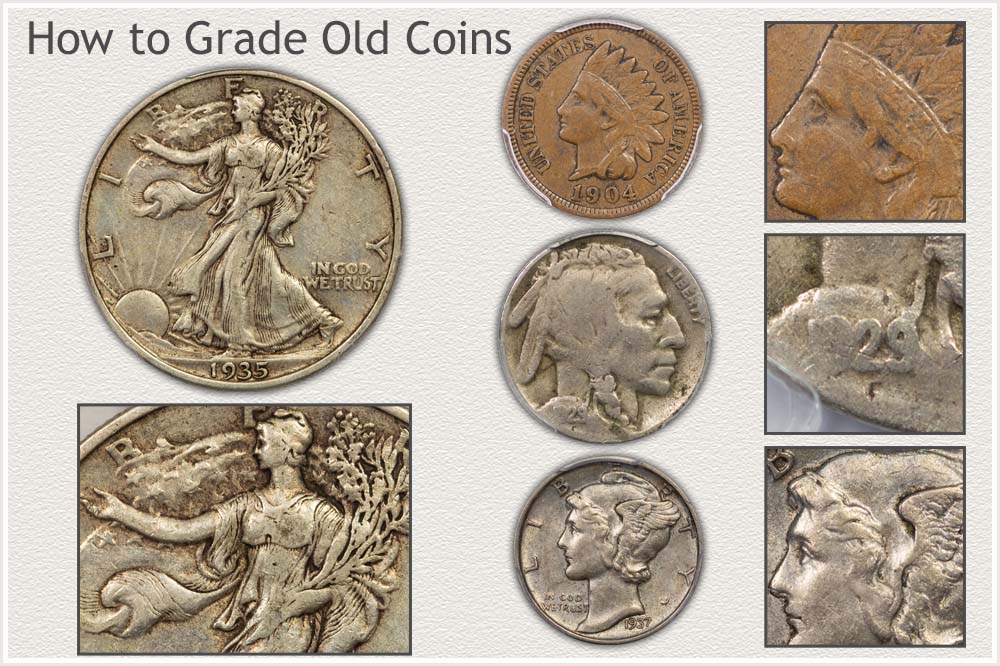 (fig. 1) Use the Comparison Method to Identify a Grade
(fig. 1) Use the Comparison Method to Identify a Grade
When viewing the image (fig. 1) there is a noticeable range of surface condition. Heavy wear on a coin stands out as a distinct lack of detail. Coins with light, to no wear, show a subtle look of quality. These levels of condition each have their unique qualities. Grading guides of each series highlight features to identify a coin's grade.
Descriptions along with images and video for comparison categorize the different grades. Quickly become familiar with these major condition levels.
- Mint State - No Wear on the Surface
- Light Wear - High Point Smoothing of the Metal
- Moderate Wear - Flattened Areas Along with Important Levels of Detail
- Heavy Wear - Wide Spread Flat Metal with Key Features Required
Overview of Mint State Qualities
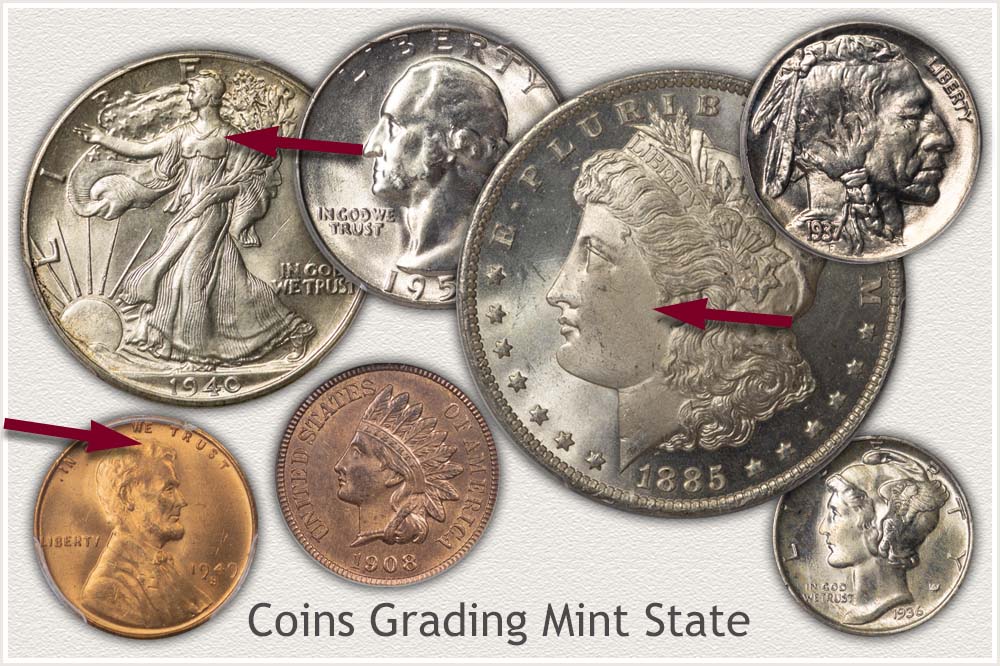 (fig. 2) Features Highlighted on Mint State Grade Old Coins
(fig. 2) Features Highlighted on Mint State Grade Old Coins
Mint State grade coins are free of any wear on their surface. This becomes the strict quality defining the condition. A bright shine remains on many, and toning is often found on the surface as well.
Each series has its own specific high points of the design to inspect for wear. The condition of these key areas confirm the high quality mint state grade.
Even if your coin displays wear, it is helpful to closely examine a mint state example. Knowing the extent of detail in the original design improves how you judge various amounts of wear.
Overview of Extremely Fine Grade Condition
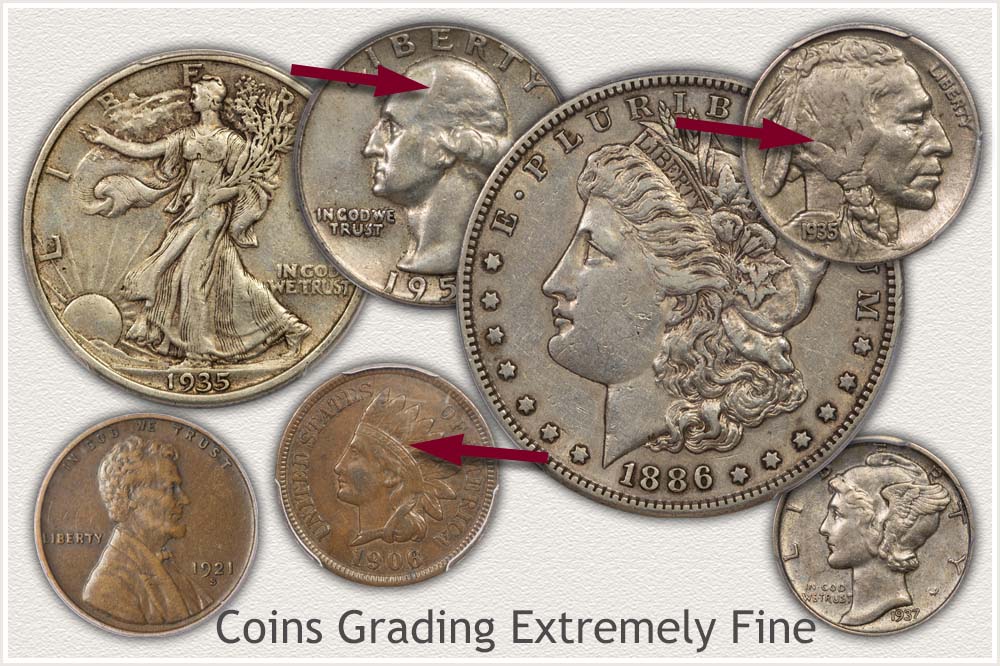 (fig. 3) Light Wear Visible on Extremely Fine Grade Old Coins
(fig. 3) Light Wear Visible on Extremely Fine Grade Old Coins
Coins in the image (fig. 3) display a lightly worn surface overall. This general category of light wear defines the condition. Wear on the surface is just beginning to show. However, only minor evidence of flat spots appears on the highest parts of the design.
Recognize this wear pattern when comparing your coin to highlighted features. Light wear on the surface allows these coins to retain all major elements bold. Notice many finer details appear sharp. An added plus is remnants of luster. Look closely within the lettering, likely along the rim, to find any luster.
Overview of Fine Grade Requirements
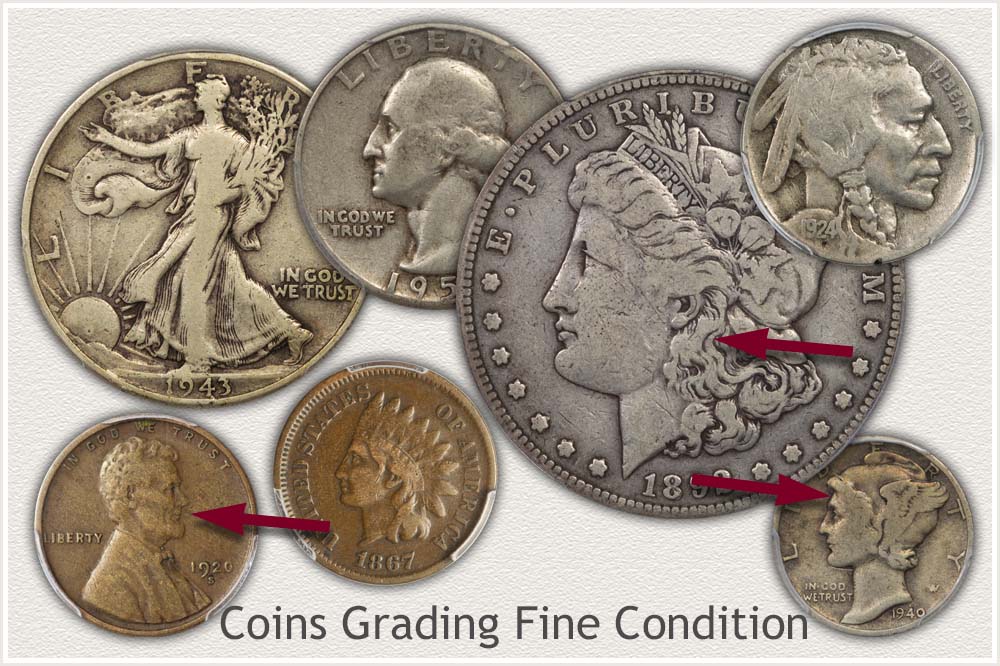 (fig. 4) Features Highlighted on Fine Grade Old Coins
(fig. 4) Features Highlighted on Fine Grade Old Coins
In the Fine grade, coins are beginning to show areas of flatness and design elements merging. Small details are fading; these are missing in areas and replaced with a flat surface. Major elements of the design are still well presented and bold.
Inspect to confirm separations of hair from forehead. Lettering not merging with the rim, and deep recesses remain between flattened metal. Visually, this moderate wear category displays noticeable flat metal. However, noticeable fine detail remains, defining the grade.
Overview of Good Grade Key Features
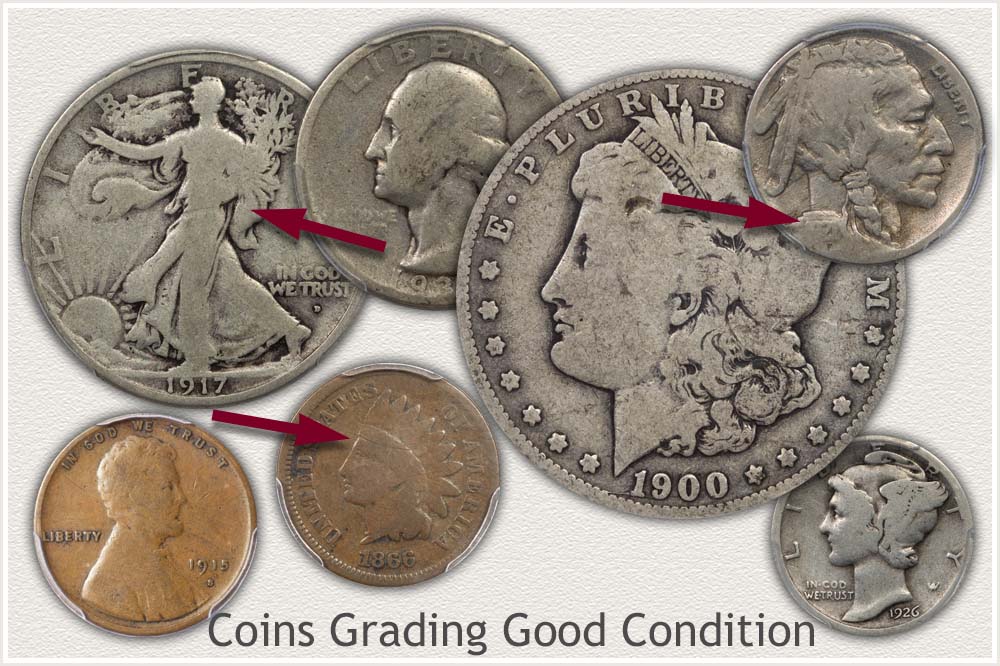 (fig. 5) Extensive Wear Covering the Surface Defines the Good Grade
(fig. 5) Extensive Wear Covering the Surface Defines the Good Grade
At this stage of extensive wear, most of the surface is worn to a flat plane. Portraits are very smooth, and many areas appear faded. Importantly, outlines of major features are complete, helping define the condition.
Key essentials are a readable date, mintmark, and no damage. Visually appealing coins, despite heavy wear, often have a pleasing character. They avoid a "worn-out" look.
Preparing to Grade Coins
With this overview of wear patterns in mind, a few techniques and tools help recognize these subtle qualities. Deciding factors are often small points of difference.
Choose a clear, well-lit area when grading coins. Additionally, a single light source highlights the coin's surface best. Also, hobbyists often use a 3x to 7x magnifying glass to gain a close-up view. Examine coins over an open table and hold each by the edges. Avoid touching or rubbing the central areas of the coin.
Rotating and tilting the coin is a technique used in the grading process. This movement bounces light off the surface at different angles. Various angles of viewing help identify marks and highlight luster. Magnification and good lighting often detect faint details.
Recognizing Special Qualities
Technical judgment of surface preservation and visual appeal are now combined. Visually matching to graded examples satisfies the technical judgment. A coin's visual appeal supports its collectible and market value.
Eye appeal is an important part of grading old coins. Judge the aesthetic qualities along with the amount of wear a coin displays. A promising note: Worn coins are often well received if displaying crisp qualities. In a broad sense, is the coin pleasing?
- Absence of large marks adds to higher qualities. Judge the prime focal points: faces of the portraits, dates, and centers of reverse designs.
- Coins develop toning as they age; worn coins take on soft hues of the copper, nickel, silver, and gold of their alloys. Uniform natural toning enhances the appearance and appeal.
- Dark discoloration of the surface is found on occasion. Scattered dark spots are also encountered, each lowering eye appeal.
- Examine the rims, undisturbed, without visible bumps, is also a plus.
- Clarity of key elements adds enhanced qualities. Easily readable dates, lettering separate of the rim, add appeal. Major design features bold from the fields becomes important. All are features of the coin to judge and note.
Guides to Grading Old Coins
Using visual guides of each coin series the grading process goes into further detail.
Because of its nature, copper becomes a deep brown color when old and worn. This requires very close inspection when grading. Detailed images highlight condition differences, often on a small scale.
|
Indian Cent |
|
Lincoln Wheat Cent |
Nickel Series
How to Grade Old Nickels
Early era nickels present a challenge to grade. Coining a nickel alloy was difficult for the U.S. mint to perfect. All nickel series benefit, showing collector value, when found in above average quality.
|
Shield Nickel |
|
Liberty Nickel |
|
Buffalo Nickel |
|
Jefferson Nickel |
Dime Series
How to Grade Old Dimes
U.S. dime coinage spans a wide range of designs and grading features. Grading these small sized coins combines the inspection of open spaces and areas of subtle detail.
|
Barber Dime |
|
Mercury Dime |
|
Roosevelt Dime |
Quarter Series
How to Grade Old Quarters
Accurately grading these quarters follows a specific set of standard qualities per grade. High and low relief areas wear in typical patterns. Specific images of each series visually represent and highlight these wear amounts.
|
Barber Quarter |
|
Standing Liberty Quarter |
|
Washington Quarter |
Half Dollar Series
How to Grade Old Half Dollars
From small details to levels of wear on contoured portraits requires close comparisons to graded examples. Grading half dollars with confidence inspects many key features.
|
Barber Half Dollar |
|
Walking Liberty Half Dollar |
|
Franklin Half Dollar |
Silver Dollar Series
How to Grade Old Silver Dollars
Study the example images closely. The highlighted descriptions cover many areas judged when properly deciding on condition.
|
Morgan Silver Dollar |
|
Peace Silver Dollar |
Coin Values | CoinStudy Articles
Every collector and dealer is proficient with grading old coins. It is one of the key steps in determining an accurate value. The denomination and series of your old coin, along with its date and mintmark, finds its range of values on the charts. Judging condition and assigning a grade pinpoint how much your coin is worth - accurately.
Coin Value Guide | How to Value a Coin Collection
A step-by-step method combined with the coin value online guide identifies how to value a coin collection. Judge the 4 key factors, and then, along with charts, find a narrow value range,
★Coin Values Discovery pulls together... How to Grade old Coins and...
Today, demand for obsolete and vintage US coins is strong. Many series are surprisingly valuable. Visit the index of series and discover the value of all your old coins.
